by guest blogger Rich Baringer,
 Last year I wrote a bit about some of our long-standing Easter traditions that center around food. They are based on the religious meaning of the holiday and date from pre-Christian days.
Last year I wrote a bit about some of our long-standing Easter traditions that center around food. They are based on the religious meaning of the holiday and date from pre-Christian days.
But come on. We really know what many people think of when they Easter food comes to mind: jelly beans and chocolate bunnies!
So here are some interesting facts about how these two confections became as big a part of Easter as lamb and eggs.
The exact origins of jelly beans are not exactly known, but most experts believe that they are descendents of two kinds of candies: Turkish delights, which date from biblical times and had a gel-based center; and Jordan Almonds, a candy from 15th Century France which used “panning” to create the shiny shell that they share with jelly beans.
The first appearance of “modern” jelly beans were during the Civil War when, in 1861, a Boston confectioner suggested that jelly beans be sent to Union soldiers as gifts. Perhaps because of the candy’s lack of nutritional value, in the early 20th Century, “jelly bean” became a term for a man with style and no substance. Jelly beans were the first candies sold by weight and originally were often sold by color.
It wasn’t until the 1930’s, though, that jelly beans became associated with Easter. Someone realized that the candy was shaped like the egg–a traditional symbol of Easter and rebirth–and they were marketed as Easter candy. Today, about 16 billion jelly beans are made for the Easter season.
In 1976, Jelly Belly started producing it’s famous gourmet jelly beans. Up until 1998, Jelly Belly reports that their most popular flavor was Very Cherry. But in that year, Buttered Popcorn took over as favorite. (I know, I don’t get it either.) But Very Cherry took over once again in 2003. Jelly Belly makes 50 regular flavors and some specialty flavors (including blueberry, which was created for jelly bean-lover Ronald Reagan’s inauguration in 1981). You can see their list of flavors here.
 Well, it’s no surprise that someone started making bunnies out of chocolate for Easter. The rabbit–a symbol of fertility–was long a symbol of Easter for that reason. And hey, pretty much everyone likes chocolate.
Well, it’s no surprise that someone started making bunnies out of chocolate for Easter. The rabbit–a symbol of fertility–was long a symbol of Easter for that reason. And hey, pretty much everyone likes chocolate.
The first chocolate bunnies were made in Germany in the 19th Century. Whitman’s Chocolates started to produce them in 1842, but they didn’t really catch on that much. Around 1890, a Pennsylvania drug store owner, Robert L. Strohecker, displayed a 5-foot chocolate bunny in his store as an Easter promotion. (Try as I might, I could not find out where in PA he was from. If anyone knows, tell me!) Strohecker’s idea helped to popularize the chocolate bunny for Easter, where it really took off in the early 20th Century. By the way, Robert L. Strohecker chocolate bunnies are still available and are supposed to be some of the best you can find.
During World War II, cocoa was rationed, so to abide with these regulations, confectioners started making hollow bunnies. The process continued after rationing ended as a way for these businesses to save money by not using as much chocolate in their products. I don’t know. It’s always a little disappointing biting into a hollow bunny.
Today, there are more than 60 million chocolate bunnies produced each year for American Easter celebrations. And 76% of Americans say that they eat their bunnies ears-first. You’re not alone!
So there you go. Jelly beans and chocolate bunnies. Have a tasty and cavity-free Easter!
For buying your Easter candy, here are some local candy stores and chocolatiers:
Laurie’s Chocolates, Buckingham, PA
Newtown Chocolates, 66 Richboro Road, Newtown PA
The Painted Truffle, Stockton Market, Bridge Street, Stockton, NJ
Pierre’s Chocolates, 360 West Bridge Street, New Hope, PA
Raymer’s Homemade Candies, 21 East Oakland Avenue, Doylestown, PA
Skip’s Candy Corner, Peddler’s Village, Lahaska, PA
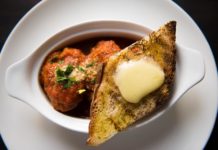


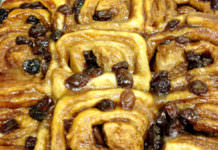

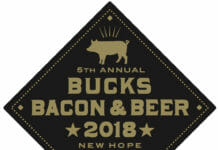
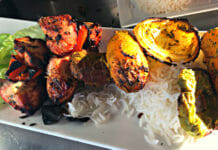
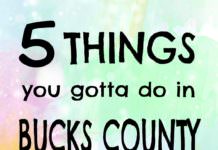


![What we’re reading [Oct 16 2017]](https://www.buckscountytaste.com/wp-content/uploads/2017/10/coffee_macbook_reading_pexels-photo-414630-218x150.jpeg)
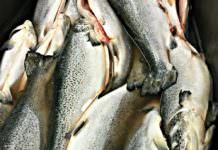
Easter sugar http://t.co/fwpVd6FYLw
RT @BCTaste: Easter sugar http://t.co/fwpVd6FYLw
[…] Easter sugar In defense of food, part 1 […]